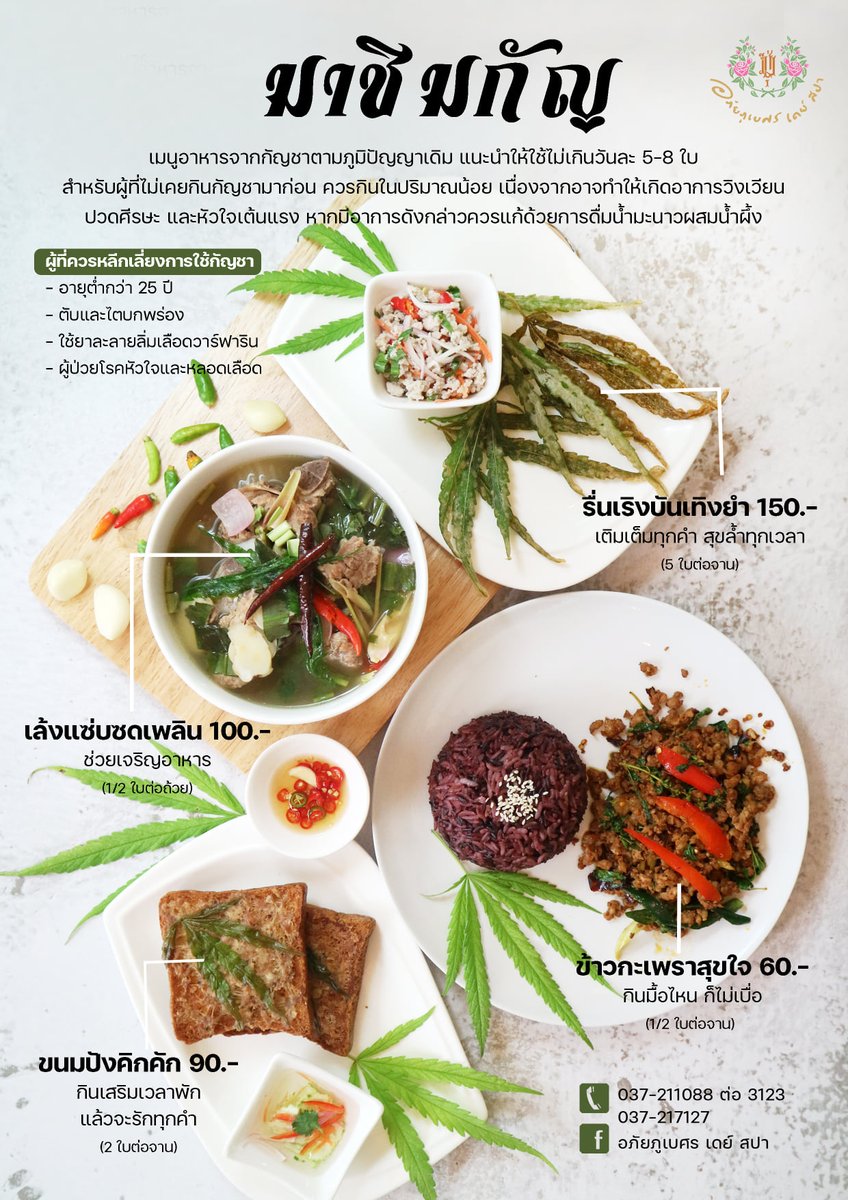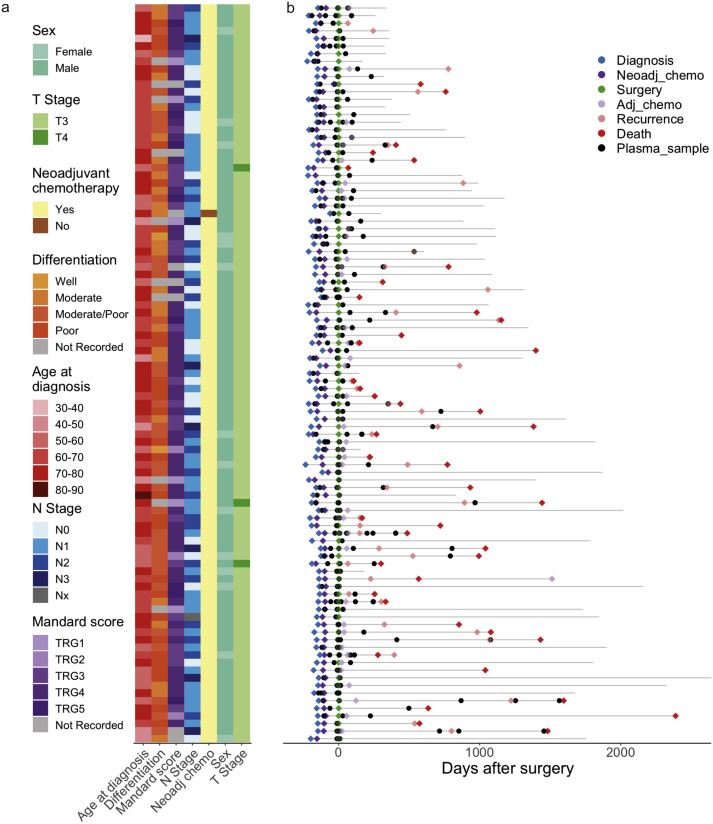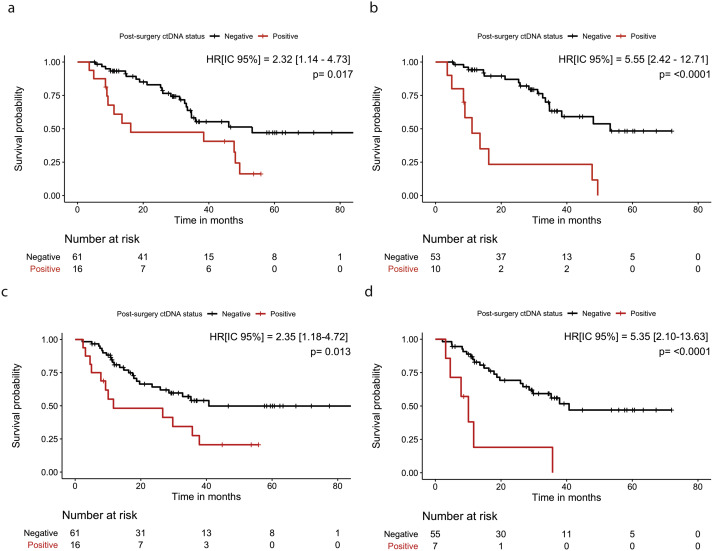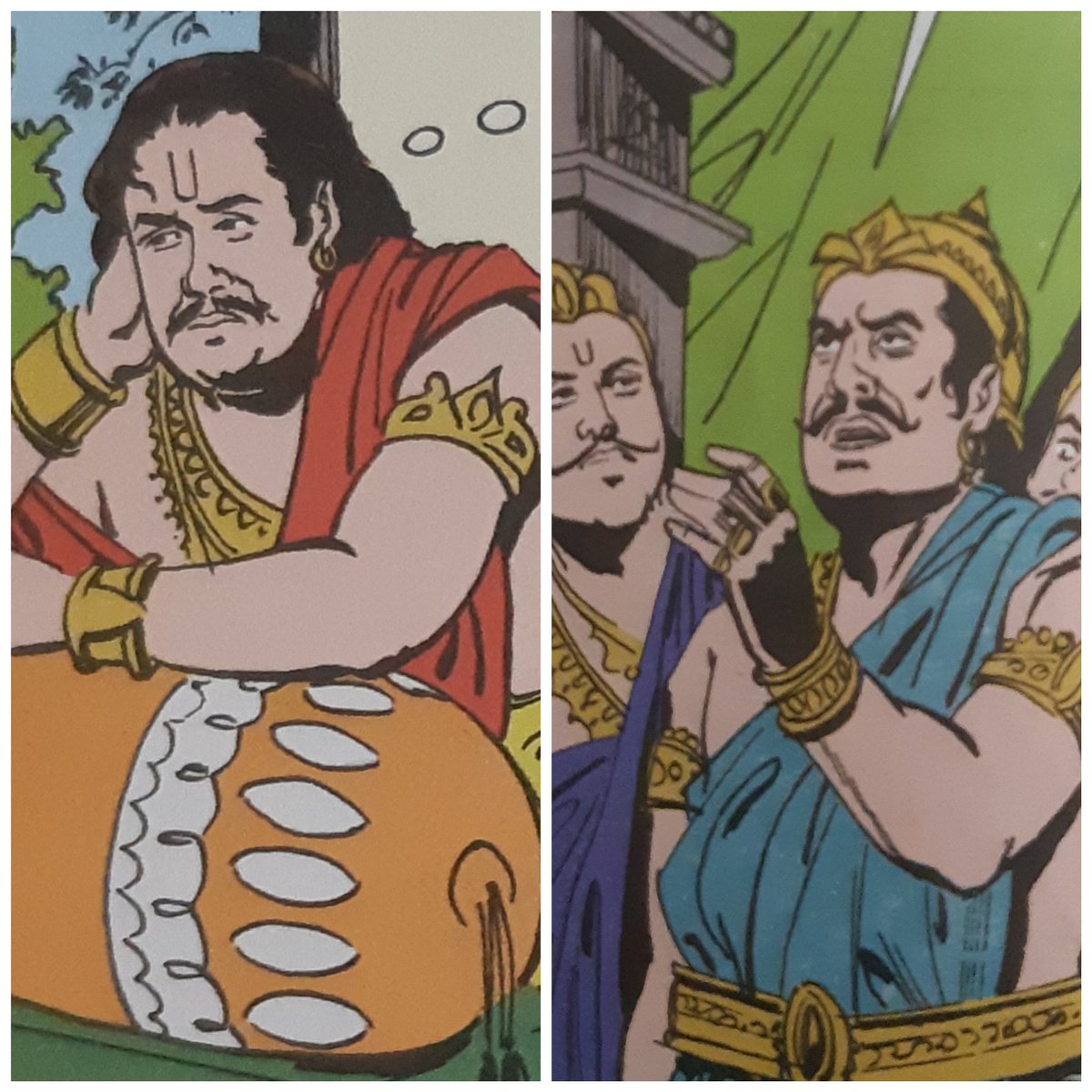and his oxygen levels are dropping. It takes me a few moments to get on my PPE before I can get to him. I try to talk to the man, but it’s difficult for him to hear me through my mask and the noise of all of the CPAP oxygen machines. He tells me that he’s tired of fighting,
and that he wants to be left alone. I have to be sure that he understands the risks, so I ask him to explain to me what he expects will happen if he takes off his mask and doesn’t put it back on. He says he doesn’t know. I tell him that he has to understand that he will die
and that he needs to say those words to me if that is what he really wants. Eventually we compromise; he will put his mask on for another hour, then phone his wife and tell me his decision. This man is 61.
I am allocated B Bay, in which there are five patients. My patients are mostly men, ranging from their early 30s to their 60s. This is younger than normal on HDU because — as I explained to the man — we only have beds for people with a fighting chance.
I read their charts to update myself on what happened overnight. Who dropped their oxygen saturations? Who crashed overnight and is now on the ICU (intensive care unit)? Who has died?
I then put on my PPE (FFP3 mask, hairnet, long-sleeved gown, gloves, visor) and enter the bay to examine the patients. I feel lucky to have this level of protection — my colleagues outside of the HDU only have surgical masks, which offer little protection against airborne virus.
The patients don’t ask many questions, mostly because they need to spend all of their energy breathing. I try to work out if one of my patients isn’t answering my questions because she is delirious, because she doesn’t speak English, or because she is depressed.
I work out that it is probably the latter; her notes say that her husband died just before New Year, from Covid. I try to remember every patient as an individual, since I can’t bring the notes into the bay to write as I go, but each crackly chest I listen to blurs into one.
. I summarise what I have found, for the consultant’s round later in the morning. By this point, the blood test results should be back. I had been wondering why one of my patients was deteriorating — requiring more oxygen and at higher pressure — and his blood results provide me
with a likely answer: a blood clot on the lungs. He is too unwell to enter a CT scanner, which would confirm this theory, so I treat him as if he has one, with higher doses of blood thinners. I corner the ICU doctor, who happens to be reviewing another patient on the ward at the
same time, asking him to have a glance at my patient. He agrees that he will likely need an intensive care bed at some stage, but at the moment they simply don’t have one. I worry that my patient is going to end up with an emergency intubation, much more dangerous
than a controlled one in ICU. I now have to update relatives over the phone, since they are unable to visit. I always put this part off; I almost never have good news to deliver. Hearing people cry on the other end of the phone, knowing that I am them bringing news of the worst
day of their lives, is heartbreaking. There is nothing positive that can be made from the words “your father is currently on the maximum support we can offer, and we are not sure if he is going to survive today”. I feel like a bad doctor because — to put it bluntly —
I’m causing suffering rather than alleviating it. Why can’t I make them feel better? We try to have our patients prone (lying on their fronts) since this opens up their lungs at the back and improves their oxygen levels. The patients hate proning, since the masks dig into their
faces, their backs hurt and their arms go numb, and we do not have massage table-style beds with holes for their faces. We have several patients who are not “fit” for ICU in the current climate. Before Covid, they most likely would have been given a chance, but not now.
When we think that these patients have suffered enough, and are unlikely to ever recover, we start talking about making them comfortable. It’s partly that we need the beds for patients with a better chance, and partly that we feel it is cruel to keep these people suffering when
their chances of survival are slim. It’s difficult to work out which of those is your true motivation. The most distressing part of their struggle is the air hunger. You can spot these patients easily, as they grasp the masks to their faces with both hands and gasp visibly for
air. Once we decide to palliate someone, we give them morphine to reduce their respiratory drive, and ease this feeling. We give'em benzodiazepines to lower their anxiety, antiemetics to stop them from feeling nauseous, and other medications to prevent them from needing to cough.
It is important that these medications are given before their masks are removed, otherwise they will die terrified and gasping. This decision is made for about two or three patients each day on my ward, out of 20 or so. However, this process does not always run smoothly.
Sometimes these medications are prescribed but not given in a timely fashion, or at insufficient doses. With so many patients, we cannot keep an eye on them all; to watch whether what we are doing is working. Once a patient is deemed to be dying, they are allowed one familymember
to see them for 15 minutes. The patient won’t be able to see their loved one’s face, since they will be wearing full PPE. Because the family member only has one shot at visiting, we need to accurately guess the patient’s time of death so that we can call them to come in.
Sometimes we get this wrong, and the family never gets to see them. But all of the patients who die do so alone. There is nobody to hold their hand. Nobody to comfort them. Nobody to tell them they love them. Towards the end of the day, two of my patients are deteriorating and
destined for the ICU. Another doctor had an ICU candidate in her bay. They are all between 60 and 64 years old, none of them with significant comorbidities; all were working full time until coronavirus struck. They all now require 80% oxygen at high pressures,
breathing at around 50 breaths per minute and tiring. There is only one ICU bed. I leave before the decision is made as to which of them will get the bed. I am sure that whoever doesn’t get it is likely to deteriorate overnight. I pay for an Uber home. I can’t face walking."


































